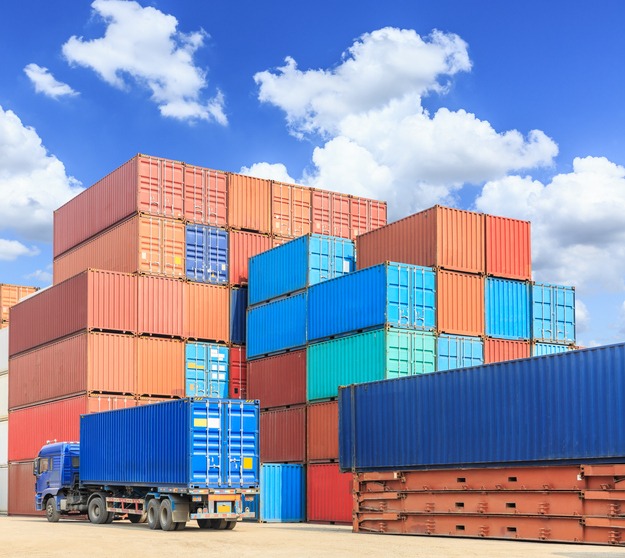When it comes to global shipping and logistics, few services are as critical as container drayage. This specialized segment of the supply chain plays a vital role in transporting cargo between ports, rail yards and distribution centers. Whether you’re an importer, exporter or logistics manager, understanding container drayage can help you reduce delays, avoid extra fees and improve your bottom line. Lutheran Brothers in Michigan is a non-asset-based provider of overseas container transportation and has some advice about the importance of this service.
What Is Container Drayage?
Container drayage refers to the short-distance transportation of shipping containers, typically from a port or rail terminal to a nearby warehouse, distribution center or final destination. Though the distance may be short, drayage is a crucial component of intermodal freight transport, bridging the gap between major transportation hubs and local facilities.
This service is usually completed using trucks equipped to handle intermodal containers, and it often represents the first or last leg of a container’s journey.
Why Container Drayage Matters
Drayage might sound like a small piece of the puzzle, but its impact on the supply chain is significant. Delays in container pickup or drop-off can lead to storage fees, missed deadlines and disruptions in inventory flow.
Here are some of the key reasons drayage services are essential:
- Port congestion relief: Quick and efficient drayage helps reduce congestion at busy ports.
- Time-sensitive delivery: Many businesses rely on just-in-time inventory systems; drayage ensures timely delivery.
- Cost efficiency: Avoiding demurrage and detention charges by scheduling prompt drayage can save companies thousands.
- Streamlined operations: Integrating drayage into your logistics strategy improves overall operational flow.
Types of Drayage Services
There are several types of container drayage, each suited to different logistical needs:
- Inter-carrier drayage: Moving containers between different modes of transportation, such as from a rail yard to a port.
- Intra-carrier drayage: Moving containers within the same carrier’s network, often within a port or terminal.
- Door-to-door drayage: Transporting containers directly to the consignee or from the shipper.
- Expedited drayage: Time-sensitive shipments requiring rapid movement.
Choosing the Right Drayage Partner
When selecting a container drayage provider, consider the following:
- Proximity to ports and rail yards: A provider located near key logistics hubs can offer faster turnaround times. Lutheran Brothers’ Corktown warehouse is within close proximity to all rail ramps and has immediate access to major freeways such as I-75, I-94, I-96 and the Ambassador Bridge leading to Canada.
- Fleet availability: Reliable access to chassis and trucks ensures your containers move when needed.
- Experience and compliance: Choose a provider familiar with port regulations and customs procedures.
- Technology integration: Real-time tracking and communication tools offer visibility into your shipments.
Container drayage may be a small part of the journey, but it has a big impact on your supply chain. Whether you’re importing consumer goods or managing distribution for eCommerce, partnering with an experienced drayage service provider can keep your operations running smoothly and efficiently.
When you’re looking for secure, easy-to-access, quality, experienced storage professionals, contact Lutheran Brothers.
If you are looking for clean, secure and economical warehouse space to lease and operate your business in with your own personnel, look no further than Lutheran Brothers in Detroit, Michigan


Recent Comments